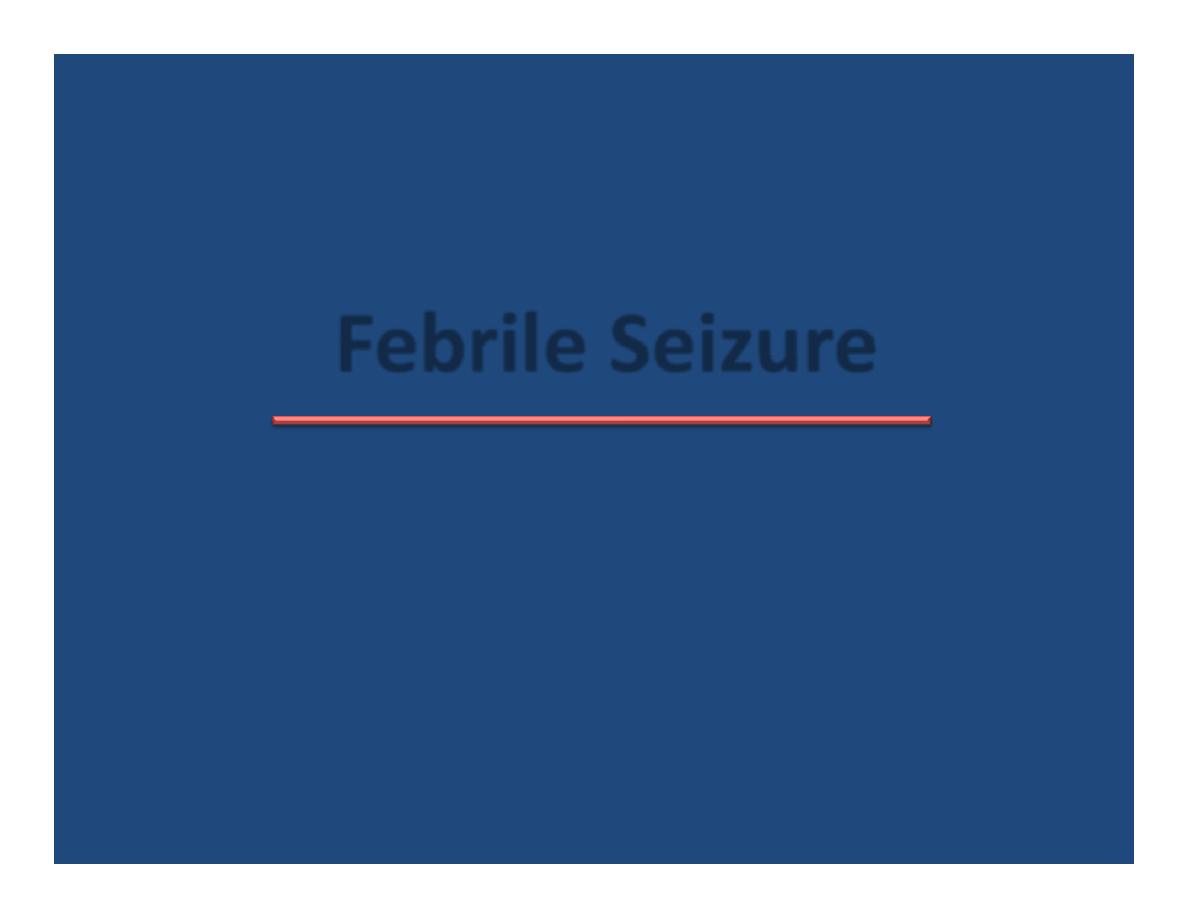
P R O F E S S O R A B D E L G H A N I A L R A W I
©
2
0
0
9
Febrile Seizure

Also called
febrile convulsions.
The incidence is 2‐4% in children before 5 years of age.
By definition febrile seizure (FS) is used to designate seizure
associated with fever but it exclude those caused by CNS infection.
Another definition of FS
: a convulsions occurring in a child less than
6 years of age in association with an elevated temperature greater
than 38° C, and there should be no evidence of CNS infection or
inflammation and no systemic metabolic disorders that may cause
seizure.
Friday, February 27, 2009
2
FEBRILE CONVULSIONS
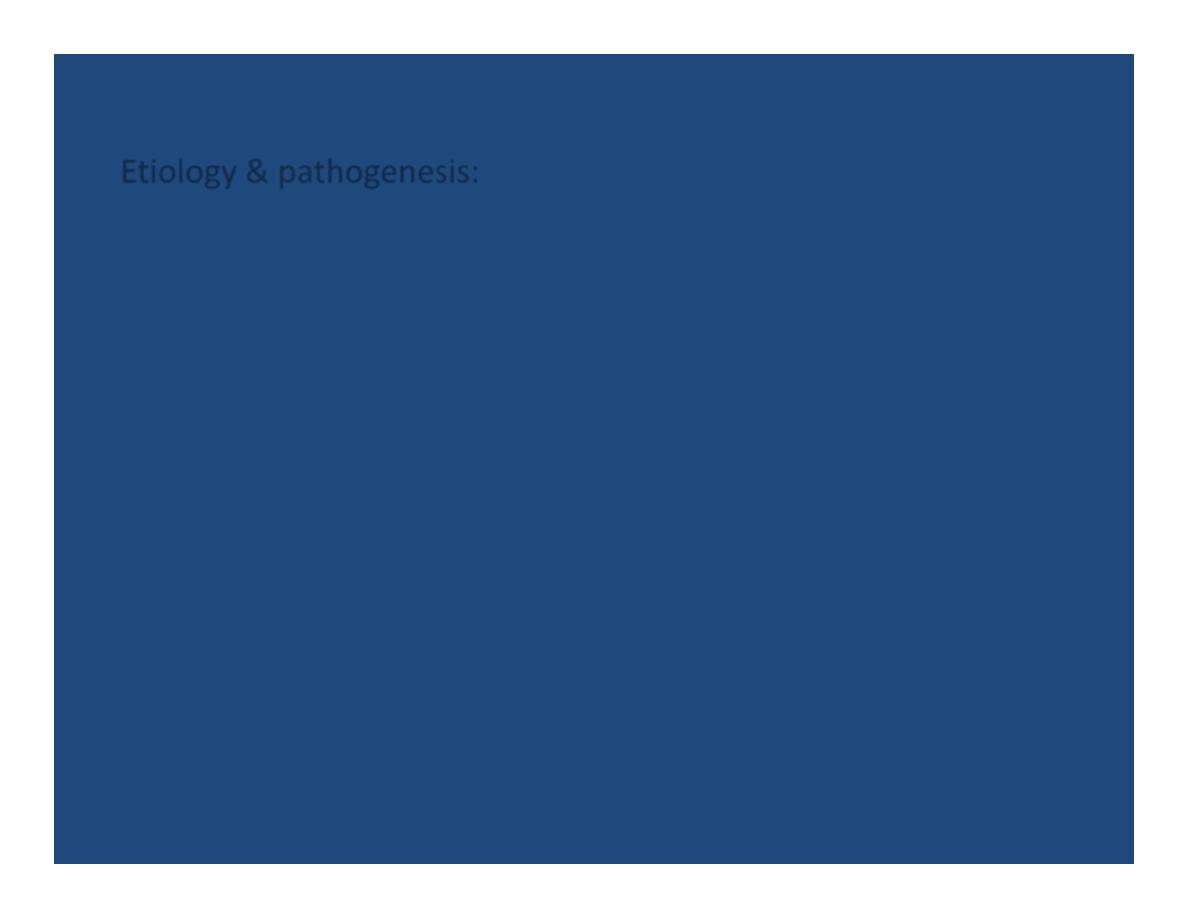
Etiology & pathogenesis:
The exact etiology & pathogenesis of FS is unknown. Certainly genetic factors
play an important role.
In the series of Berg & colleagues: 24% of children with FS had a first degree
relative with FS, only 20% with no family history (FH) have FS relative. The
mode of inheritance has not been established but an autosomal dominant or
polygenic transmission appears to be most likely.
From clinical and genetic studies it has become evident that the genes for FS
differ from those causing afebrile seizure.
At least 4 autosomal dominant genes for FS have been mapped by genetic
linkage studies, these have been localized to chromosome 19p 13.3,
chromosome 19q, chromosome 8q 13‐21, chromosome 2q 23‐34.
The gene defect localized to chromosome 19p is a mutation in the Sodium
Channel beta 1 subunit(SCBS).
In the prospective study of Berg & colleagues only 4% of children with FS have
1
st
degree relative with afebrile seizure.
Friday, February 27, 2009
3
FEBRILE CONVULSIONS
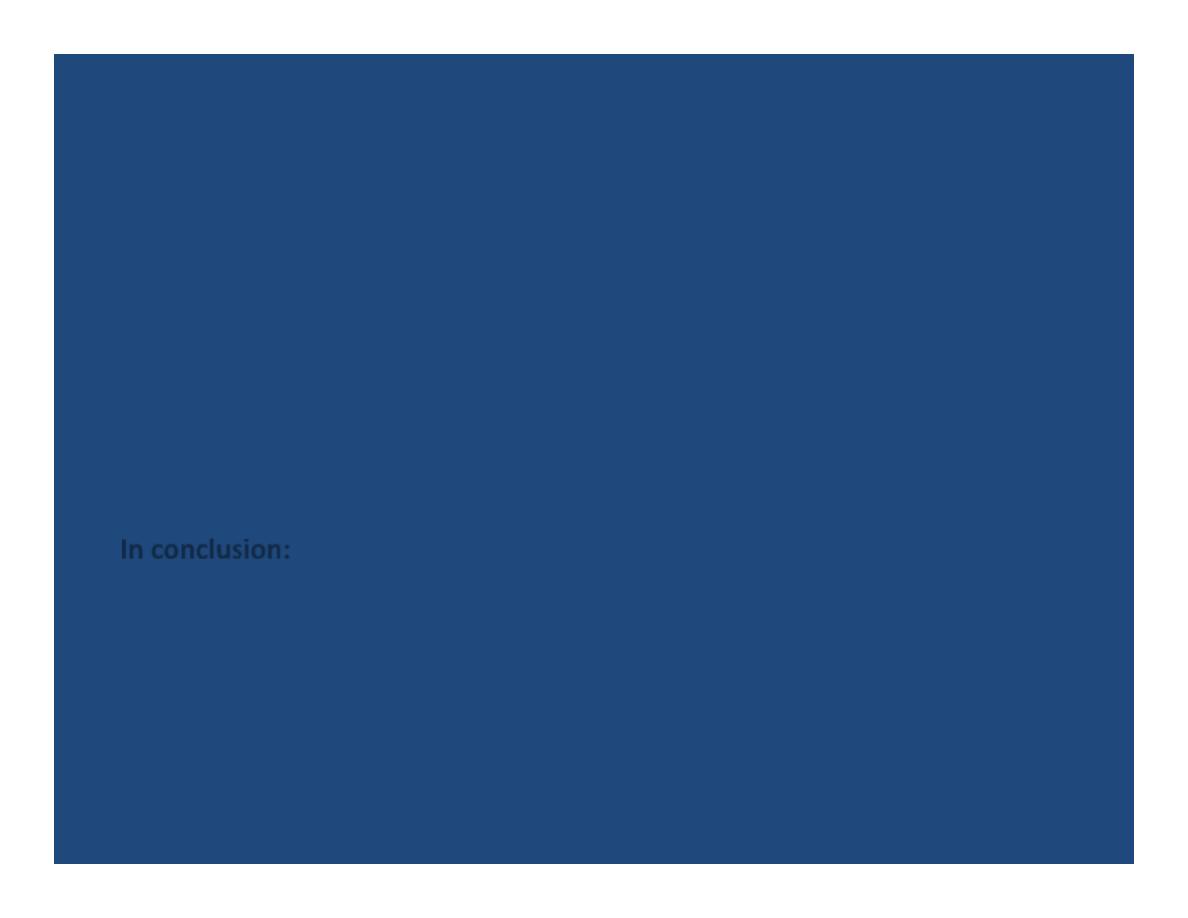
If febrile seizure was a manifestation of epilepsy the risk for a second FS
would be equal the risk for afebrile seizure. In actuality the risk for the FS was
34% compared to 2‐3% for afebrile seizure.
Additionally the factors that predict recurrent of FS do not predict occurrence
of subsequent afebrile seizure (young age, family history of FS). In most
patients the height of body temperature appears to be an important factor in
triggering the seizures.
More commonly febrile seizure accompanies URTI (upper respiratory tract
infection) or gastroenteritis especially in shigellosis.
In conclusion:
FS occur as a result of genetic predisposition, the immature
neuronal membrane is particularly susceptible to temperature elevation &
responsible for FS.
Friday, February 27, 2009
4
FEBRILE CONVULSIONS

Clinical signs & symptoms:
FS usually generalized, brief and single, the vast majority are
mainly clonic but predominantly tonic or atonic seizures have
been observed. Multiple seizures maybe more likely to occur in
children underl8 months of age. Prolonged seizures greater than
15min. occur in 7.6% of children with FS and 4% of the children
have focal seizures.
Seizures accompany both bacterial & viral infection; human
herpes 6 and roseola are responsible for about 1/3 of 1
st
bout of
febrile seizure.
The 1
st
febrile convulsion occur between 6months & 3years of
age in 93% of affected children.
Friday, February 27, 2009
5
FEBRILE CONVULSIONS

Generally patients with FS are considered to consist of two
distinct groups. The majority 96.9% (livingston) designated as
simple FC (febrile convulsion), which is usually generalized, tonic
clonic, lasting few seconds to 10 minutes and associated with
rapid increase in temperature.
The remainder 3.1% had complex FS, these are defined as
seizures of greater than 30 minutes duration, repeated within
same day or having focal features.
Friday, February 27, 2009
6
FEBRILE CONVULSIONS
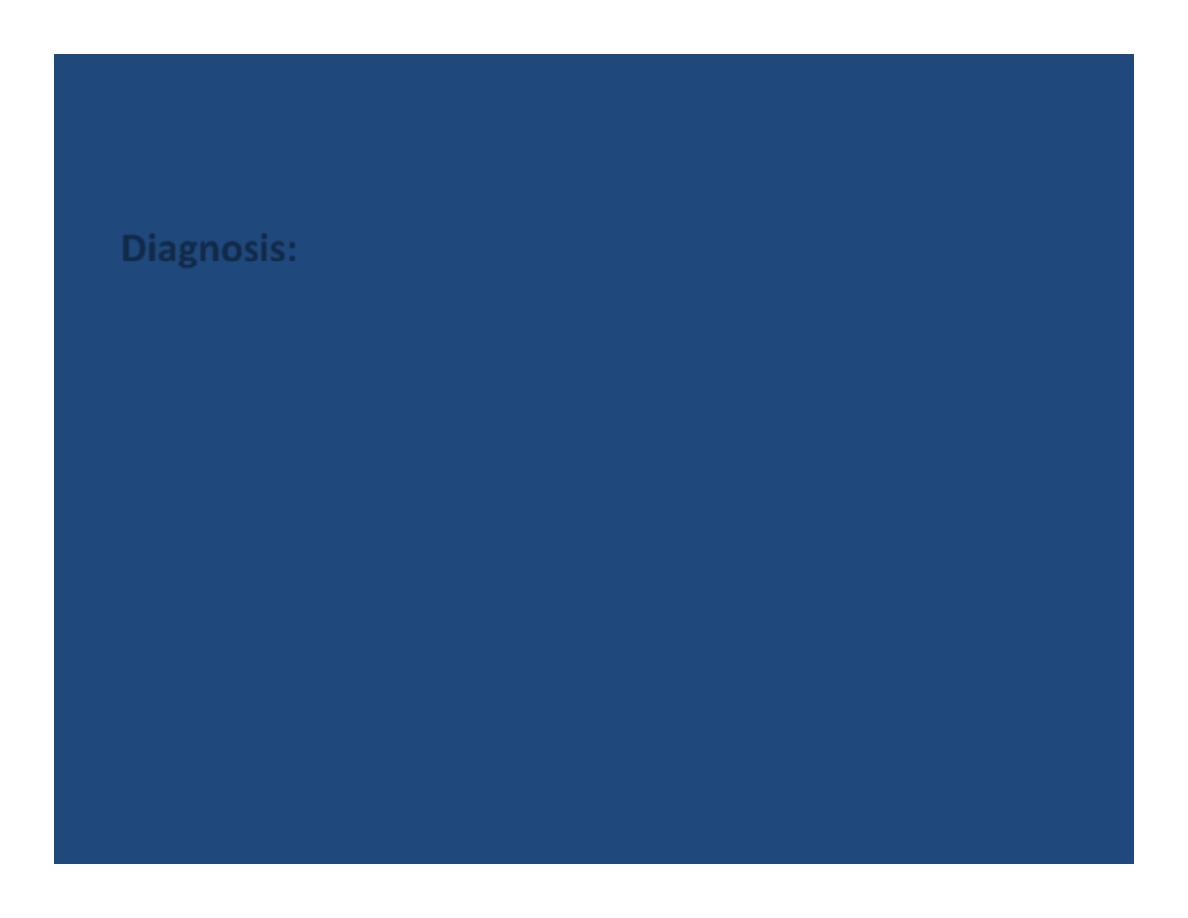
Diagnosis:
In the 1
st
febrile seizure, physician should make a decision about
LP(lumber puncture), EEG or imaging studies.
Lumber puncture (LP):
The most controversial issue is the routine performance of LP. LP
is especially indicated in infants:
1. Younger than 2 months of age.
2. When there is a possibility of meningitis(according to
physician judgment).
3. When the ability to observe the patient is not available.
Friday, February 27, 2009
7
FEBRILE CONVULSIONS

Routine measures:
Blood & biochemical investigations are not necessary.
EEG:
Unnecessary after a 1
st
FS
EEG rarely contributes to the management of FS and is of little
value in prediction of recurrence.
Neuro‐imaging studies:
Usually not needed in neurologically healthy child.
Friday, February 27, 2009
8
FEBRILE CONVULSIONS
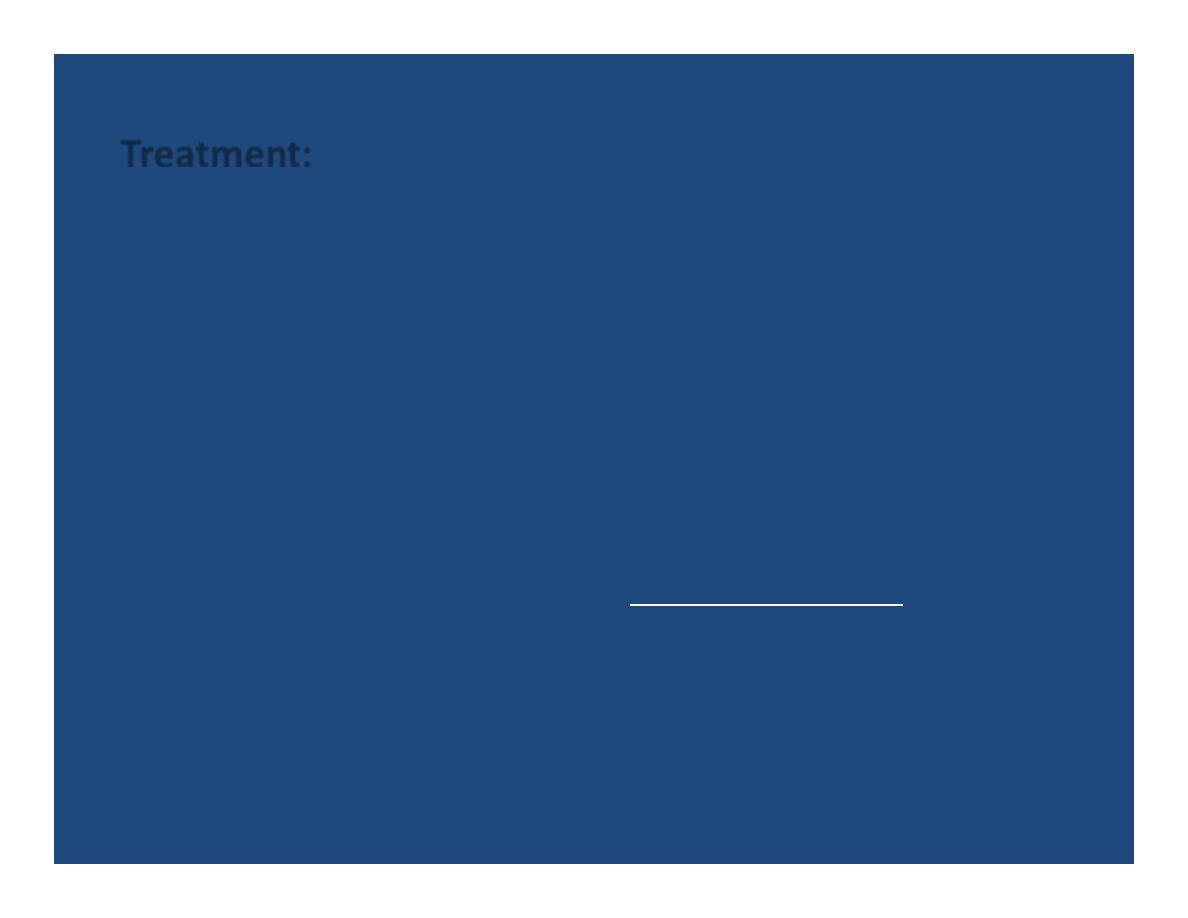
Treatment:
In addition of supportive measures we should:
Decrease temperature.
Treatment of acute infection
Insure patent airway
Treatment of ongoing convulsions if continued more than 10 minutes or
there is no sign of abating (reduction):
Anticonvulsants:
Lorazepam: 0.1 mg\kg bolus IV(maximum 4mg) over for 3 or more minutes.
Or 0.06 mg\kg for older children.
It is highly lipid soluble and penetrates rapidly in to the brain. We can repeat
the dose after 10 minutes Adverse effect: respiratory depression
If the patient is already given barbiturate then lorazepam is not a cause of
additive sedation, in opposite to diazepam which causes additive effect to the
sedation caused by barbiturate.
Friday, February 27, 2009
9
FEBRILE CONVULSIONS
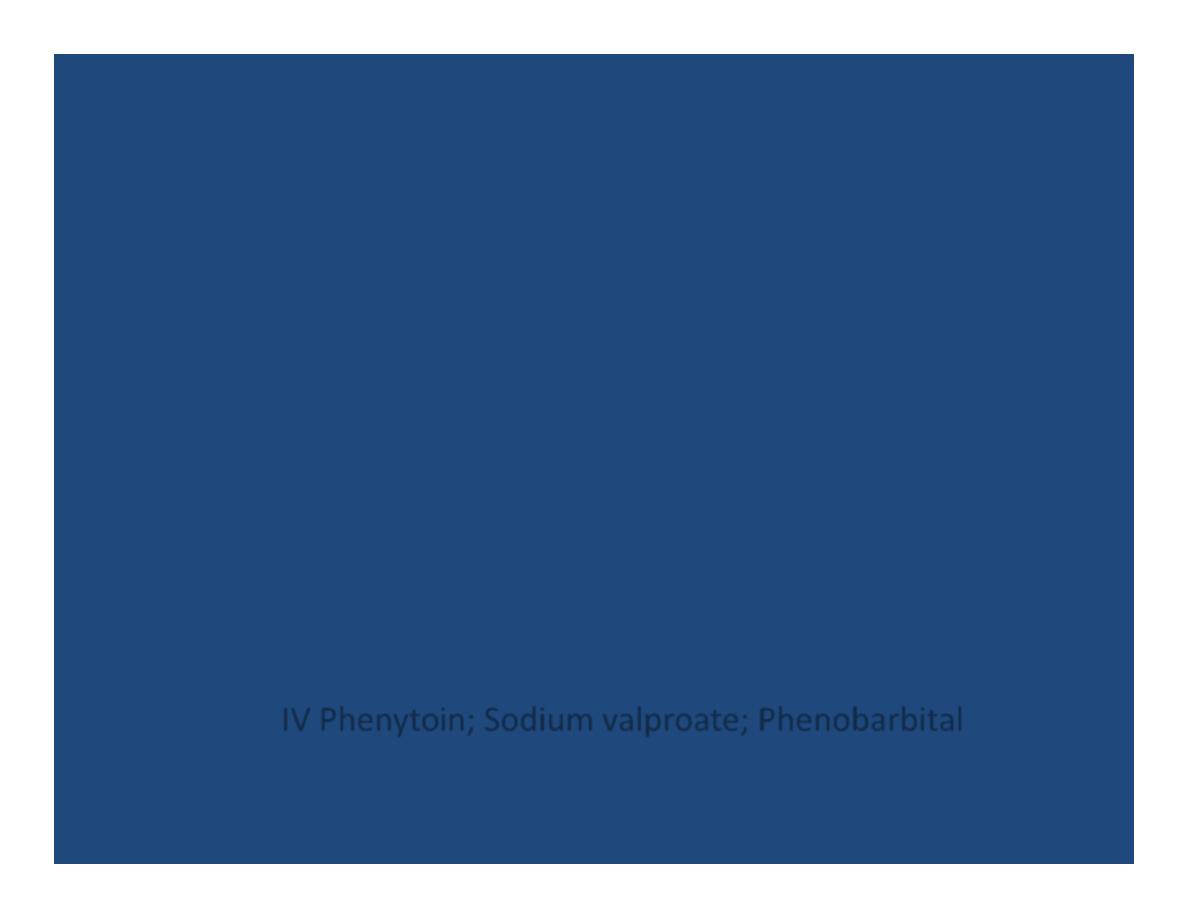
Diazepam:
like lorazepam it is highly lipid soluble, the drug enter the brain
in 1‐9.5 minutes as judged from current EEGs.
It is highly protein bound and its redistribution within the body limits its
duration of action within the brain to less than 30 min. this contrast with 8‐12
hours duration of CNS action of lorazepam.
Diazepam IV 0.3 ‐ 0.5mg\kg up to maximum 20mg and at a rate 1‐2 mg\min.
The majority of seizures stop within 5minutes.
Advantages of diazepam:
Rapidly effective.
Relative safety.
Ability to control seizures of cortical & centrocephalic origin
Disadvantages:
Respiratory depression.
Hypotension.
Rectal dose:
0.5mg\kg 2‐5 years.
0.3mg\kg 6years or older.
Other drugs:
IV Phenytoin; Sodium valproate; Phenobarbital
Friday, February 27, 2009
10
FEBRILE CONVULSIONS
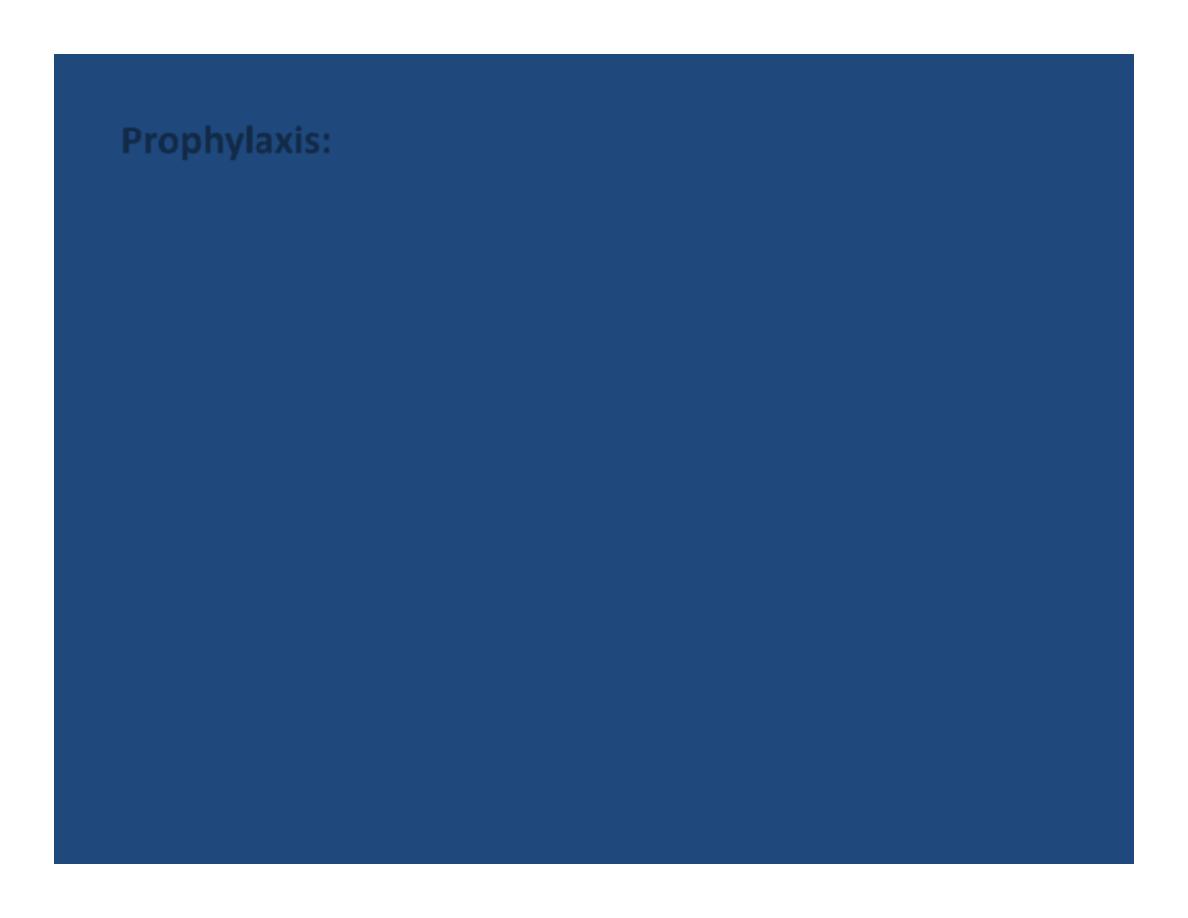
Prophylaxis:
The natural history of FC may be divided in to 3 major portions
(complications):
1. Recurrence of FS.
2. Development of neurological sequelae (mental retardation).
3. Development of epilepsy.
But at the present time the only aspect we know that can be
modified by long term anticonvulsant medication is the
recurrence and we use:
Oral diazepam
is effective, safe & is recommended to reduce the
risk of recurrence of FS at onset of each febrile illness given in a
dose of O.33mg/k/8hours (lmg/k/24hours) for 2‐3 days.
Continuous Phenobarbital for 1‐2 years with monitoring serum
level and continuous sodium valproate are replaced now by oral
or rectal diazepam.
Friday, February 27, 2009
11
FEBRILE CONVULSIONS
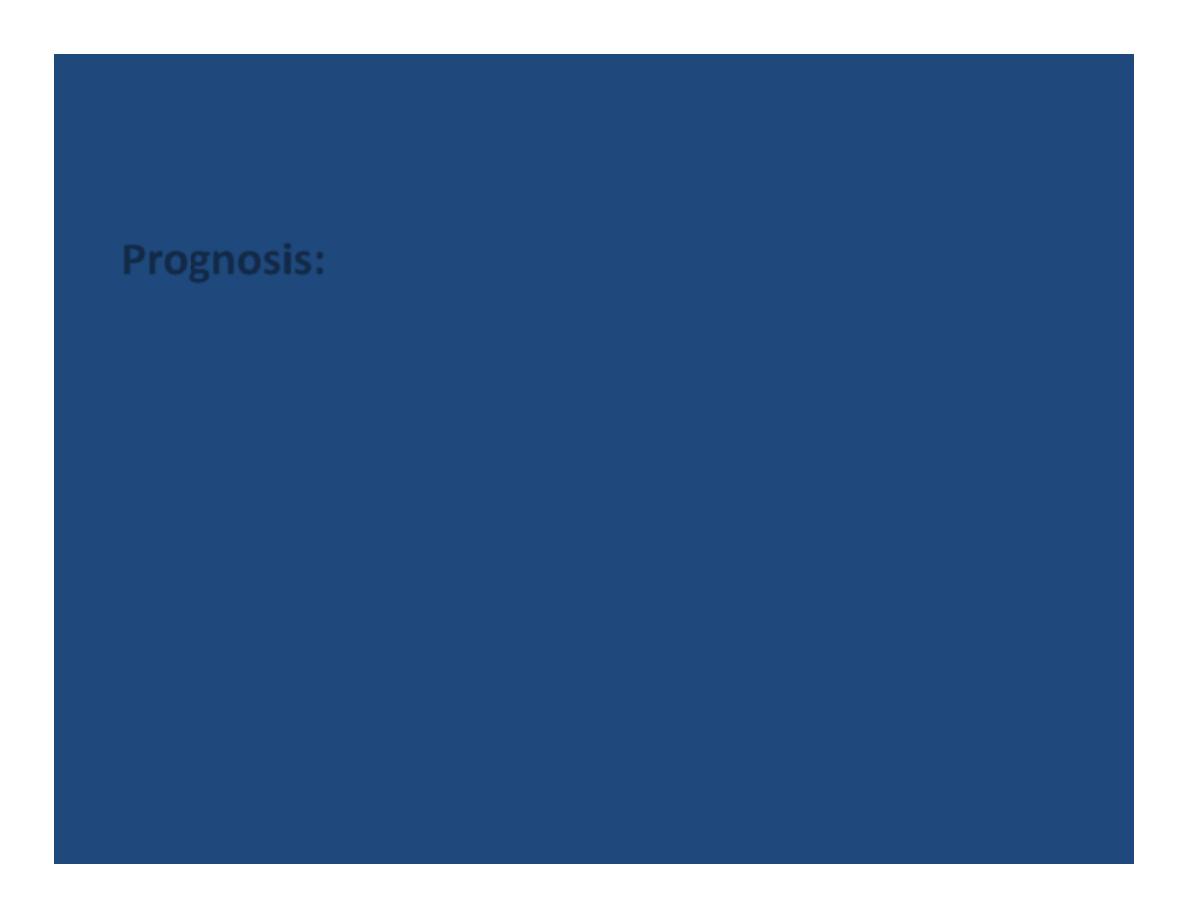
Prognosis:
Recurrence rate of FC is approximately 30% (from 25‐50%)
The risk of recurrence is greater in the 1
st
6‐12 months after the
1
st
FS. The recurrence is more likely in:
1. Infants who convulse at temperature lower than 40C.
2. Family history for either afebrile seizure or febrile seizure.
3. 1
st
attack at an early age.
Friday, February 27, 2009
12
FEBRILE CONVULSIONS

The duration of I
s
seizure doesn't influence the likelihood of
recurrence. Risk of subsequent epilepsy in order of importance:
1. Antecedent neurological or developmental abnormality.
2. Epilepsy in 1
st
degree relative.
3. Complex FS.
4. Onset of febrile seizure before lyear of age.
5. Multiple recurrence of febrile seizure.
Friday, February 27, 2009
13
FEBRILE CONVULSIONS
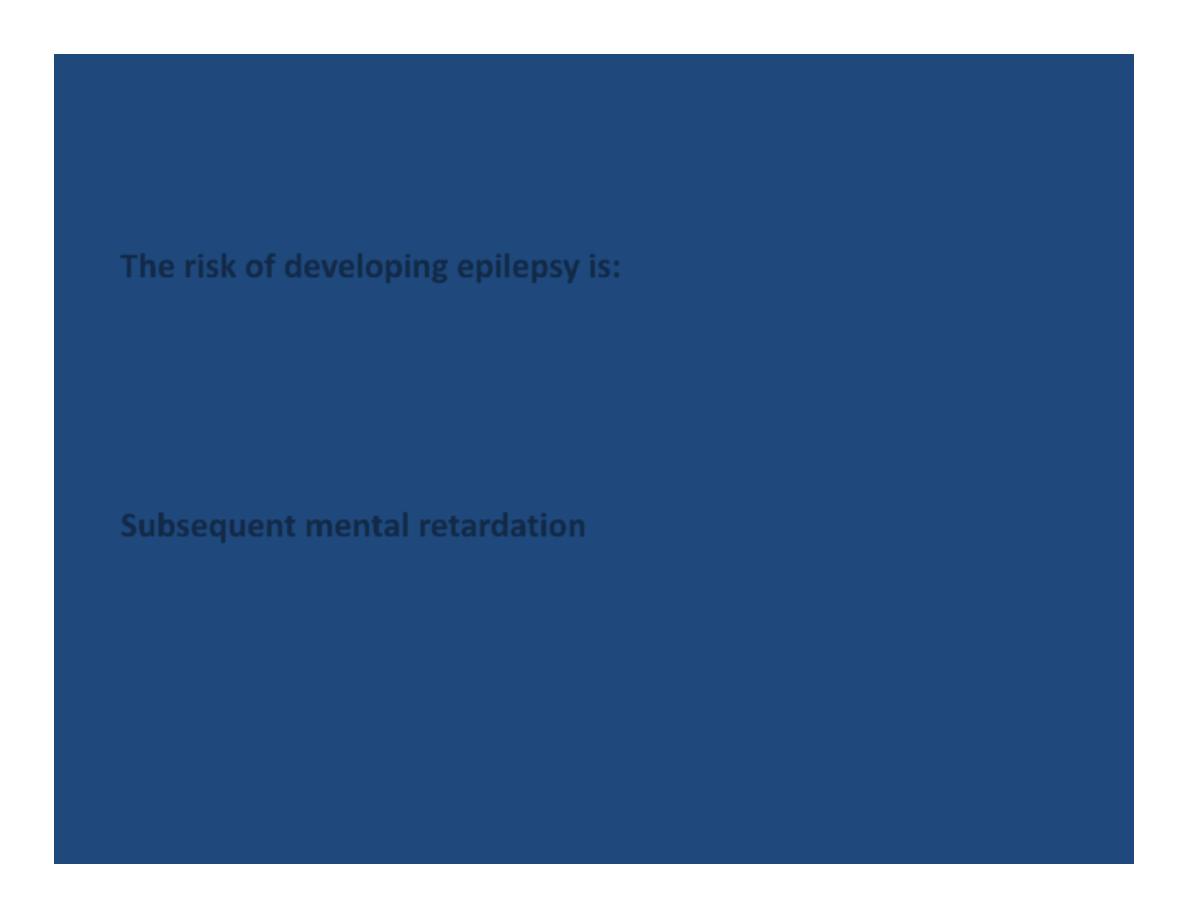
The risk of developing epilepsy is:
1.1%
in child with FC without the risk factors.
0.5 %
in control (normal children).
9.5%
in child who have the risk factors 1 & 3.
50%
in children with all risk factors.
Subsequent mental retardation
is less than 1% in 400 FS child.
Friday, February 27, 2009
14
FEBRILE CONVULSIONS
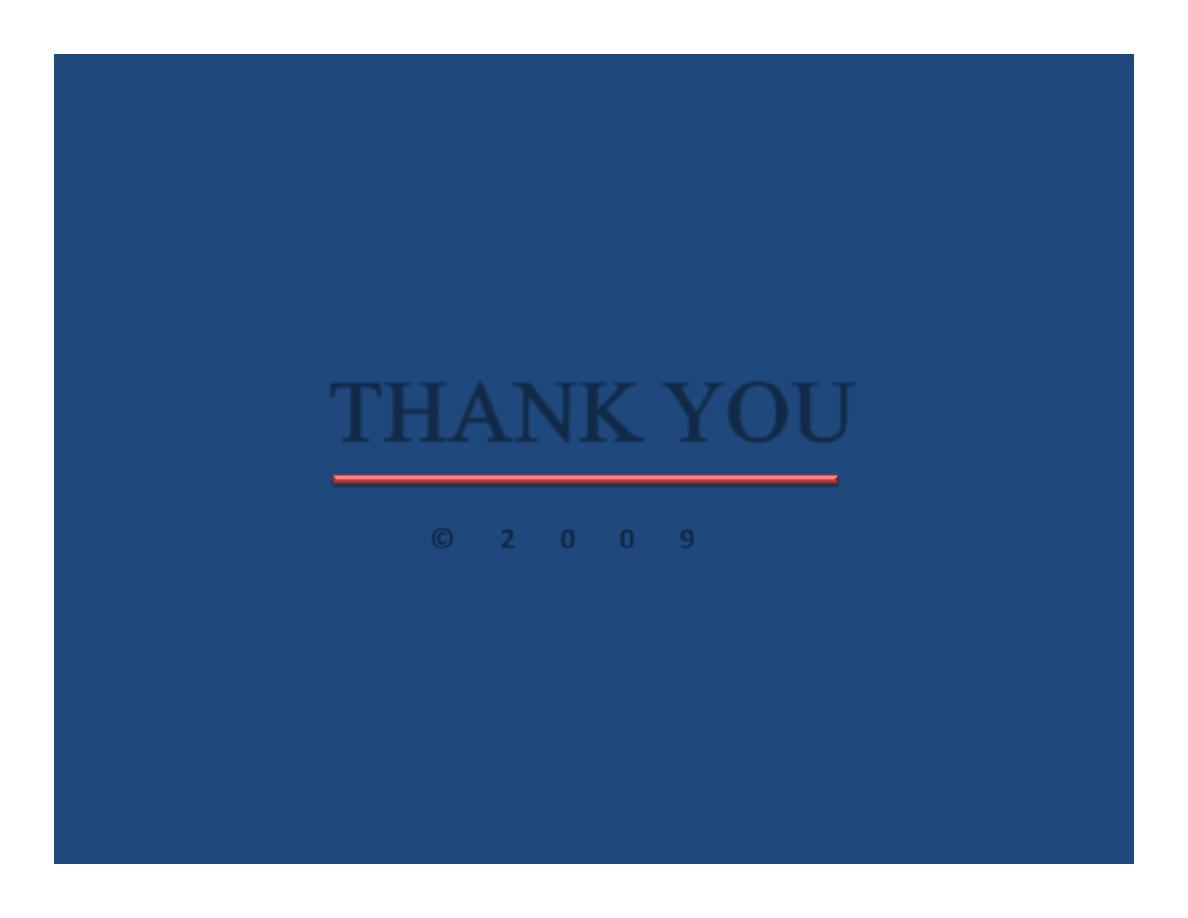
THANK YOU
powerpoint arranged by: dr. abd el‐ salam dawood
©
2
0
0
9
